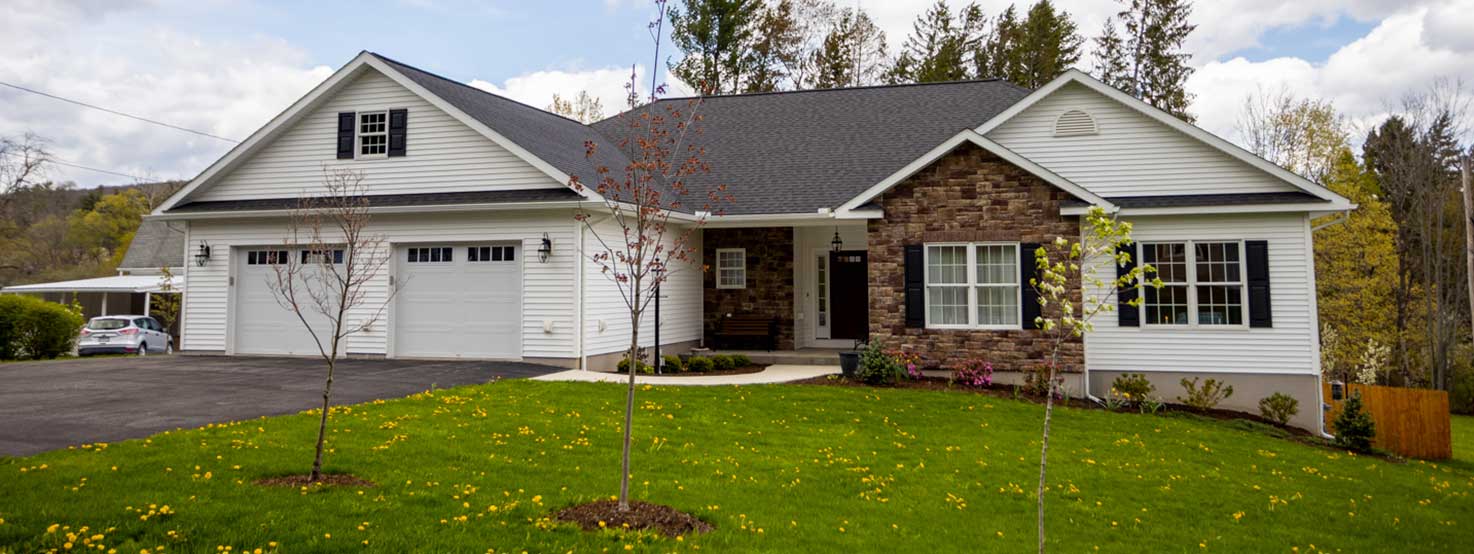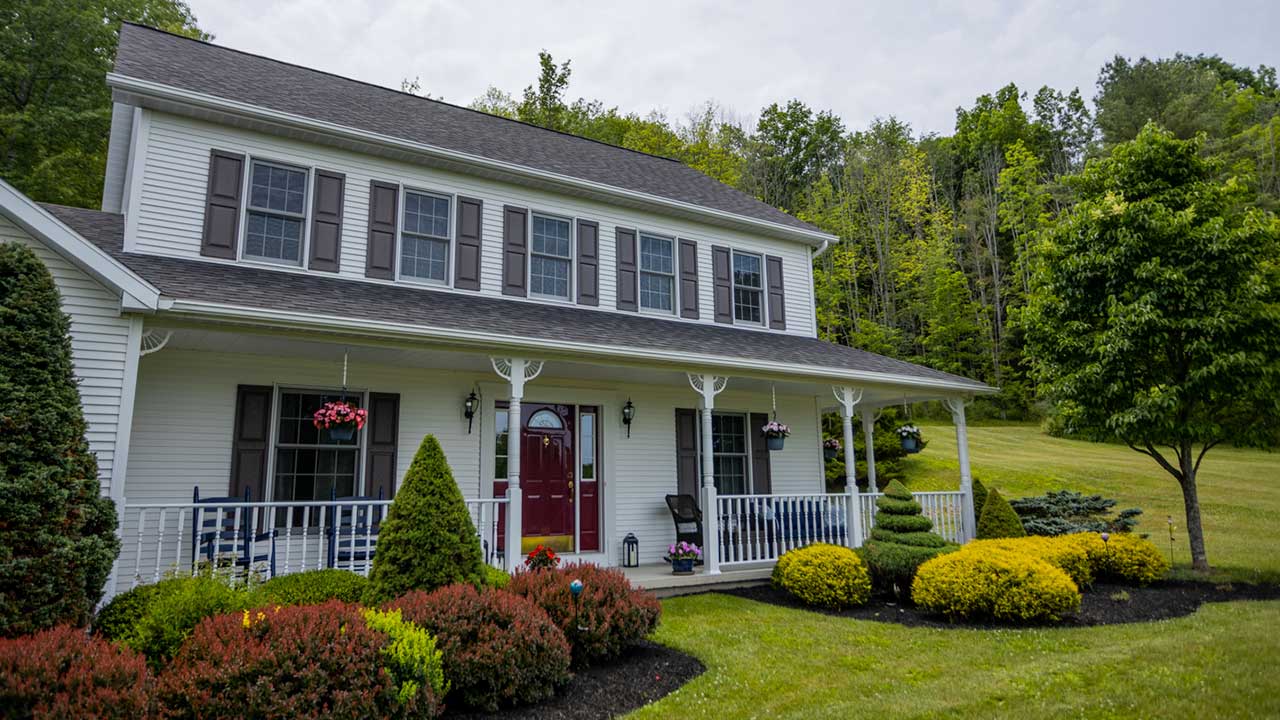Channels

Rotary

Rotary Conference

Laurel Health Centers

Penn Oak Realty

Movin Together

Bank On It

Dunhams Corner

By The Door

Questioning Life

Karschners Insurance

Ag Happenings

Back to Basics

Hornet Happenings

Live From The Hive

Momday Monday

Pennsylvania Politics

The Briefing

Weekly Highlights

Wellsboro Chamber
MU Today – 3D Frontiers
Welcome to the latest edition of Mansfield University Today. On today’s feature, MU Today has put together a fascinating broadcast on CEMETERY MAPPING and the practical use of 3D printers. The Mansfield University Department of Geosciences takes us on a step-by-step breakdown of how they gather and interpret the data.
Dr. Lee Stocks, Assistant Professor of Geography and Dr. Andy Shears begin the program by explaining how this project was launched. It combines genealogy, local history, cemetery mapping, the cultural history and identity of cemeteries with the use of geophysical equipment to document the findings and un-cover the mysteries.
Nathan Harpster, a Senior in Geosciences, shows us the unit that does the mapping. Built by Mala, the device is a 100 megahertz dual GPR antenna. The first antenna sends energy down into the ground while the second antenna acts as the device’s receiver, allowing the researchers to see and map what’s in the ground at a cemetery site.
The cemeteries are not only mapped on the ground with the Mala device, they are also studied from the air using drones. Historical records are also studied.
The Mansfield University researchers then develop what is known as a “radar-gram,” which is basically a two-dimensional representation of what’s in the ground. They then use specifically designed software to develop and integrate those radar-grams into three-dimensional images. The researchers are then able to interpret from that data what they think is actually in the ground. They combine GPS, ground penetrating radar and UAV to get the fullest coverage on site location as possible. They also use elevation data provided by the Tioga County GIS Department to make sure that they end up with 3D-ready models and maps. The researchers then print these models into amazing 3D images. These maps can take up to 40 to 60 hours to print.
Today’s feature is an outstanding presentation from MU Today. It reveals the new 3D frontiers being explored, studied, researched and mapped by the Mansfield University Department of Geosciences. We hope you will not only enjoy today’s broadcast, but will find it extremely educational as well. Thanks for watching.
Credits:
Writing: N/A
Produced by Vogt Media






































